|
Updated Oct. 19, 2022 At first glance, the FE (along with its slightly-older sister the FM) is as nondescript a Nikon as there ever was. Its specifications are nothing out of the ordinary for a late-'70s enthusiast SLR: 1/1000 sec. fastest shutter speed, Nikon's venerable 60/40 centerweighted metering, sub-600 gram weight, and a seeming dearth of innovation. Looks? Nothing to see here people...move along...move along. Flanking the classic Nikon logo on the pentaprism housing are two virgin swathes of metal betraying no clue as to the identity of this wallflower. Only once you go to bring the camera to your eye is there the possibility of positive identification, that is, if your right thumb isn't already covering the tiny "FE" that precedes the serial number on the rear of the top plate. But don't sleep on the FE, there is more here than meets the eye ;-).
2 Comments
Canon got off to the slowest start of the original Big 4 Japanese camera makers (Minolta, Nikon, & Asahi Pentax were the others) when it came to SLR development and sales . This was partially due to their commitment to interchangeable lens rangefinders for longer than their competitors. By the mid-1960s, however, they had embarked on a slow but steady climb that would lead them to market dominance by the late-1970s. Their first truly competitive SLR was the FT of 1966, and it would spawn one of the finest series of mechanical-shuttered enthusiast SLRs of the age and Canon's most successful non-A-series manual focus model. The second- and third-iteration FTb & FTb-N would prove to be the backbone of Canon's amateur lineup in the first half of the '70s and sold extremely well while both Pentax and Minolta were facing declining sales of their excellent Spotmatic & SRT mechanical SLRs at that time. That alone makes it a pivotal model in Canon's history. But it is much more than a sales footnote, it was one of the best enthusiast-level SLRs of its day, and that makes it a great choice today for the film-SLR aficionado. You could call the FT the analog 5D of its era :-). Updated Aug. 11, 2023 1975 saw the introduction of the CONTAX RTS, the first camera since 1961 (when the Contax IIa/IIIa rangefinders were discontinued) to bear that moniker and which was the firstfruits of the technological alliance between Zeiss (owners of the Contax name) and Yashica, the Japanese camera maker (who did the actual manufacturing). The RTS (which stood for Real Time System, to emphasize the supposedly superior responsiveness of the body) was aimed at professionals and serious enthusiasts with pocketbooks sufficiently large to take on the task of mounting pricey Carl Zeiss glass in front of it. The RTS was a success, but as Nikon had found out two decades earlier with the F, having a single model camera lineup that aimed towards the high-end of the SLR market tended to limit opportunities for sales (less cameras sold = less lenses & accessories sold ;-)). So, four years later, in a move that mirrored Nikon's introduction of the enthusiast-oriented Nikkorex F in 1962 (followed by the more-successful Nikkormat of 1965), CONTAX/Yashica introduced their CONTAX-badged contender in the very-competitive amateur market. But what does this have to do with the Yashica FX-D? Let's find out :-). Updated Mar. 8, 2024 Maybe it has something to do with the application of the term "vintage" to items over 30 years old, but there is a dead space for most cameras (and many other manufactured goods) that are in the 15 - 25 year old range. Not elderly enough to evoke nostalgia, and far from the cutting edge of current technology, they languish in a veritable no-man's-land. The subject of this article, the F90(X), is in such a place today. If you are a 35mm bargain hunter, and are willing to look past its plebeian polycarbonate pelt...your ship may just have come in :-). Updated Mar. 8, 2024 Coming-of-age. If any term could be applied to Nikon's auto focus SLRs from 1986 to 1991, that one has to be at the top of the list. The transition to AF maturity coincided with Nikon's rise to second place in the overall SLR market to essentially form a duopoly with Canon as the other members of the then-Big 5 (Minolta, Olympus, and Pentax) slid further and further behind, and in Olympus' case, dropped AF SLRs completely. The irony in all of this was that Minolta had gotten the drop on everyone and dominated the first few years in AF SLR sales with their groundbreaking 7000 model. Canon brought out their T80 FD-mount SLR a couple of months after the 7000, and it wasn't even close to the Minolta. So much so, that Canon abandoned further FD-mount AF development and began a crash program to come up with a completely new mount and SLR system. It would be two years before they brought out the EOS 650. For Canon, that would turn out to be time well spent, as the EOS cameras rocketed them to AF SLR sales leadership in rather short order. Nikon got on the board in April of 1986 (over a year after the 7000 made its not-so-subtle entrance). While the F-501 did not surpass the 7000, it was the first true competitor to the Minolta and gave Nikon a toehold (and critically, a one-year head-start over Canon to get established in the market) until they could bring out their second generation enthusiast AF SLR in 1988. By the mid-'90s Nikon had clawed their way past Minolta and tried to maintain pace with Canon in market share (which didn't happen, but they did comfortably establish themselves in second place :-)). Let the retrospecting begin... Updated May 3, 2022 Here is the second part of the fifth entry in our "Choosing a Vintage SLR System" series for manual focus SLRs. In Part #1 we looked at the Pentax M42 screwmount system. Pentax was the last of the "Big 5" (Canon, Minolta, Nikon, and Olympus being the others) to adopt a bayonet-style lensmount, doing so in 1975. The K-mount has continued to serve (in modified form) into the digital era. For now we will confine ourselves to the manual focus film era. So let's get to it with our standard format of: 1) Lenses, 2) Bodies, 3) Flash, 4) Accessories, and 5) Reliability & Servicing. Updated Apr. 27, 2022 Greetings, and welcome to our fifth vintage SLR system overview, this time featuring Pentax (or Asahi Optical Co. as they were originally known). In this installment we will examine their first SLR system, which (aside from the Asahiflex models) utilized the M42 screwmount introduced by Zeiss in 1949. Over time, such was their success, M42 became commonly referred to as the Pentax screwmount. The M42 mount was used by Pentax for 20 years (1957-76) and today represents one of the most affordable and accessible SLR systems available to the vintage-focused photographer. In the second part of our Pentax overview, we will dig into the bayonet-style K-mount system introduced in 1975, and which is still used (in a modernized electronic form) by Pentax. As usual, we will break things down by: 1) Lenses, 2) Bodies, 3) Flash, 4) Accessories, 5) Reliability & Servicing. Updated Dec. 1, 2023 Welcome to the fourth installment of our "Choosing a Vintage SLR System" overviews! It features Olympus, one of the most influential Japanese camera manufacturers. We will work our way through: 1) Lenses, 2) Bodies, 3) Flash, 4) Accessories, and 5) Reliability & Servicing. But first...a little introduction :-). Olympus first came to prominence in photography in the late 1950s and early '60s with their half-frame (18x24mm, which was half of the 35mm frame) Pen series of cameras specifically targeted at the Japanese and later, the European markets. They were designed to be affordable for the average worker and economical to operate while still providing decent quality for an 8x10 print. Olympus sold millions of Pens. Ironically, it was the refusal of Kodak to support the half-frame format in the USA that pushed Olympus into the 35mm arena. For a more in-depth look at this turn of events, see this article. Although Olympus was the last of the major Japanese manufacturers to get into the 35mm SLR game, they made quite the splash in 1972 when they finally joined the fray. The immense influence Olympus exerted on the photographic world was due, in large part, to the efforts of the brilliant designer Yoshihisa Maitani and his team of engineers. The creator of the Pen and OM series was always seeking to do something different, not just copy others, and this does much to explain the success of Olympus over a three-decade period with its film-based equipment. The OM series would do more to reduce the size and weight of 35mm SLRs than any other system. What is more interesting was the impact this had on the other, more well-established manufacturers (Canon, Minolta, Nikon, & Pentax) known as the "Big 4". By the late-'70s, that designation had to be changed to the "Big 5", due to the success of the OMs. So let's take a closer look at all the OM system has to offer. The history of Kodak is a very human one with examples of ingenuity, tenacity, and decisiveness, alongside of arrogance, complacency, and fallibility. Much has been written about the brilliance of George Eastman in creating a mass market for photography and his company's subsequent mastery of that market for a century. More recently, the bulk of analysis has focused on the fall of Kodak from dominance and the underlying causes. 130+ years is not a small field of study by any means, so let's examine just a 25-year slice of Kodak's life that will illustrate how Kodak transitioned from a proactive, anything-but-complacent juggernaut to an increasingly reactionary player in the photography market. The period from 1963 to 1988 is a fascinating one as it contains the best and worst of Kodak. Updated Jan. 9, 2021 The third article in our series "Choosing a Vintage SLR System" takes on the Nikon F-mount, arguably the most well-known, and definitely the longest-lived of all the 35mm SLR bayonet systems. After a brief introduction, we will break down our overview in this format: 1) Lenses, 2) Bodies, 3) Flash, 4) Accessories, 5) Reliability & Servicing. Nippon Kogaku (Nikon) began to build their reputation in the early 1950's as one of the premier Japanese optics manufacturers. Fortune and Life magazine photographers Horace Bristol and David Douglas Duncan were working in Japan and they were introduced to Nikkor lenses for the Leica M39-mount and Contax cameras then favored by photojournalists. Within a few years, Nikon introduced their famed S-mount series of rangefinder cameras that set new standards for rugged reliability. With the success of the Asahi Pentax SLR of 1957, Nikon found itself at a crossroads, with two management factions forming: one wanting to stick with rangefinders, and the other pushing for SLR development. Eventually (and fortunately for Nikon) the SLR project went ahead, drawing much from the SP rangefinder design. The result was the Nikon F of 1959, a professional-oriented machine. A whole line of Auto-Nikkor lenses underwent rapid development in the early '60s, giving Nikon one of the most extensive offerings of the early Big 4 (Canon, Minolta, and Pentax were the other companies). Nikon also developed a large assortment of accessories to increase the performance and versatility of the F: interchangeable finders, focusing screens, motor drives, etc. Throughout the 1960s and '70s, Nikon solidified its reputation as the first choice of photojournalists and widened its scope to include advanced amateurs, and by 1979, to the average consumer. By the early '80s, they had risen to second place in overall sales among the now-Big 5 (Olympus had elbowed its way in during the mid-'70s). That would be the high-water mark for the Nikon manual focus system (and all other MF systems), although Nikon would continue to produce MF bodies and lenses into the 21st century, which was longer than any other major Japanese manufacturer. So let's get going with Nikon. Updated June 30, 2021 Welcome to our second system overview, this time featuring the Canon FL/FD system, in our "Choosing a Vintage SLR System" series. Following a brief introduction we will break things down via the format of 1) Lenses, 2) Bodies, 3) Flash, 4) Accessories, and 5) Reliability & Servicing. Canon was an early entrant into the SLR market in 1959 (the same year as Nikon) with its Canonflex model in what it called the R-mount. Compared to its competitors Asahi Optical Co. (Pentax), Chiyoda Kogaku (Minolta), and Nippon Kogaku (Nikon), Canon got off to a slower start in SLRs as far as sales went. This was due to a couple of factors: 1) Canon remained focused on the rangefinder market as the others went pretty much all-in on SLRs, and 2) the Flex and its immediate descendants the RP, and R2000 were quirky machines with a bottom plate-mounted film advance trigger which was rangefinder-derived. The R-mount, with its breech lock lens coupling, did serve as the basis for the succeeding FL and FD mounts, although it used different internal controls for aperture functions. With the final R-mount camera, the heavyweight RM (1962), Canon went more mainstream with the control configuration and it was their first SLR with a built-in meter. They still remained fourth in sales, however, because they trailed the other three manufacturers in camera/lens automation. Updated Jan. 26, 2021 Welcome to the first system overview in our "Choosing a Vintage SLR System" series! We will proceed through the Big 5 Japanese SLR makers, first looking at manual focus (MF) systems and then auto focus (AF). We will now take an in-depth look at the manual focus "mind of Minolta". Following a brief introduction we will use our usual format of 1) Lenses, 2) Bodies, 3) Flash, 4) Accessories, 5) Reliability & Servicing to break things down. Minolta was the second major Japanese manufacturer to offer a pentaprism SLR with an instant-return mirror behind Asahi Optical Company and their Pentax (1957) model. They introduced their SR & Auto Rokkor (the "auto" stood for the automatic opening/closing of the lens diaphragm) lenses and the SR-2 camera body in 1958. Minolta quickly became the sales leader among the SLR makers and dominated the amateur market in the early 1960's. There was a strong engineering mindset at Minolta and they were not afraid to innovate throughout the next four decades. Various attempts to break into the professional market over the years always seemed to fail market-wise, but Minolta's attempts served to push the boundaries of what a professional SLR could be. The amateur market seemed to be the place where Minolta found its sweet spot. Minolta was also one of the two major manufacturers that made their own glass (the other was Nikon) for their lenses, thus exercising control over the entire lens-making process. Sadly, by 2006, strategic missteps brought about the end of Minolta as a major player in the SLR world, with the camera division being sold to Sony. But there are still treasures to be found in the old Minolta Mine. Let's get digging! System - a group or combination of...interacting elements forming a collective entity Collins English Dictionary Having the concept of "system" clearly in mind goes a long way in making a good choice of any SLR, whether it's vintage film or a brand new digital setup. The camera body on its own, sophisticated as it may be, is of no use without lenses. Other accessories - such as flash units, motor drives, and multi-function backs - increase the capability and versatility of the SLR. Oftentimes, we get caught up in the brand name, appearance, and/or specifications of the SLR body, to the neglect of the rest of the system which will play such a critical role in our photography. The vintage SLR user is spoiled for choice when it comes to selecting a system. We have the Big 5 - Canon, Minolta, Nikon, Olympus, and Pentax - along with a smattering of smaller but still-capable candidates like Contax/Yashica, Fujica, Konica, and Topcon, among others. Which system best fits your needs and wants is obviously a personal decision. How to help you to identify and prioritize your needs is the objective of this article. It will be followed by a series of system overviews for each member of the Big 5. Updated Aug. 30, 2021 In 1962, Nikon decided to take the plunge into the amateur enthusiast SLR market with a new model, the Nikkorex F. From 1959 to this point, they only had the solitary, professional-oriented, Nikon F in their SLR lineup. The price of the F put it out of reach of the average 35mm photo enthusiast. In the meantime, Minolta and Pentax were cleaning up in the sales department in the amateur market, with Pentax having approximately four times and Minolta ten times the overall sales of Nikon in the whole interchangeable lens SLR market in 1962. This would prove to be a very consequential decision by Nikon, one that would impact their growth for decades to come. And not just in camera body sales. However, the Nikkorex F would fail to achieve Nikon's goal of successfully breaking into the enthusiast market. So it was back to the old drawing board... Updated Oct. 17, 2023 With the longest-lived current 35mm SLR bayonet-mount (introduced in 1959), Nikon has a vast catalog of manual focus lenses in a sometimes dizzying array of variations. This can make choosing the right one for you seem daunting. Hopefully, we can help you to find the most suitable candidates for your Nikon lens (Nikkor) arsenal. In our first Nikkor article, we looked at the best bargains in single focal length (prime) lenses. In this follow-up we will attempt to peruse the bargain bin for zoom lenses. "Bargain" is relative in this case to other Nikkors in the same general focal length range ;-). Nikkors generally have higher prices than other Japanese brands of vintage glass because the mount is still current and because of Nikon's reputation as the "choice of pros" over a period of many decades. The mid-1970s were a time of major transition in the SLR industry. The biggest changes involved the downsizing of camera bodies (initiated by Olympus), the general electrification and computerization of many functions (most notably with the Canon AE-1), and the inevitable de-contenting and cost-cutting that came with increased competition between all manufacturers for market share. Perhaps no series of SLRs demonstrated being caught in this no-man's land more than the first three models Pentax released with its brand-new K-mount bayonet in 1975. Two models would survive only two years, the third only five. Yet, ironically, the fourth model, introduced in 1976, would go on to be one of the most successful and iconic of all SLRs and would be in production for over 20 years. Fortunately for vintage camera lovers, any of these K-series SLRs can still be enjoyed and are serviceable even today. So let's take a look at the tragic trio of the KM, KX, K2, and the student camera extraordinaire, the K1000. In their never-ending quest to automate the operation of the SLR, the Japanese manufacturers first targeted auto exposure in the mid-1960s. Auto exposure (AE) initially meant that the photographer had only to set one exposure parameter (shutter speed or aperture) and the camera would automatically set the other. What became known as "shutter priority" (with the user setting the shutter speed and the camera choosing the complementary aperture), was the first AE mode to appear in cameras. It was the easiest to design and could be completely mechanical (no electronic controls) in operation. Konica (one of the smaller and more innovative SLR makers) was the first company to market a practical focal-plane shutter-priority SLR. Nikon began AE research & development in late 1964. It would be five years, though, before they had their first prototype and eight years before they brought an AE-capable SLR to market. So what took so long?
"Endling" - an individual that is the last of its species. -The journal Nature- Updated Feb. 6, 2021 Meet the last great manual focus Minolta...the XD (XD 11 in North America/XD 7 in Europe). Steady on, now! Wasn't the X-700 (1981) an award-winning camera with a more extensive and capable system of accessories?! Yes...yes it was, and it sold very well (2.1 million copies versus 750,000 XDs)...and lived a much longer life...and it has TTL flash...and a real motor drive...yadda, yadda, yadda. Just pick up an example of each and stroke the film advance lever. Case closed. Well, not really closed...I'm just getting warmed up ;-). Now the objective of this article is not to denigrate the X-700. (That would be rather unappreciative, seeing as it was my first real camera, it got me hooked on photography, and it is a good camera.) But a funny thing happened when I was looking for a backup body, back in 2000. I chanced upon a black XD 11 at my local pusher...I mean camera store, and for $50 less than I had paid for the X-700! Fast forward 16 years, and the 11 is still with me while the X-700 was sent down the road a few years back. Why? Minolta was one of the most successful SLR manufacturers throughout the 1960s. With their SR and SRT series of cameras and Rokkor lenses they were consistently among the top 2 in SLR sales by the Big 4. (Pentax was the other market leader. Canon and Nikon were the two junior members as far as sales went.) They had sold more than 400,000 SLRs per year from 1966 through 1970. Nevertheless, they (as did the other members of the Big 4) realized that the market for fully-mechanical, manual-exposure SLRs was starting to reach a saturation point. And competition between the Japanese companies was heating up now that they had collectively pushed the German camera makers into irrelevance in the SLR market. Electronically-controlled SLRs would be the new weapons in the battle for market supremacy during the 1970s. The Big 4 had all begun development of these in the mid-'60s and now the fruitage of that labour began to appear: the Pentax Electro Spotmatic & ES (1971); the Nikkormat EL (1972); and the Canon EF (1973). Although Minolta would be the last to introduce their challenger in 1974, the XE-7 (XE-1 in Europe & XE in Japan) would turn out to be the best-seller among these first-generation electronic SLRs.
Updated Oct. 17, 2023 With the longest-lived 35mm SLR bayonet-mount (1959-), Nikon has a vast catalog of manual focus F-mount lenses in a sometimes dizzying array of variations. This can make choosing the right one for you seem daunting. Hopefully, we can help you to find the most suitable candidates for your Nikon lens (Nikkor) arsenal. In this first article, we will search out the best bargains in single focal length (prime) lenses. "Bargain" is relative in this case to other Nikkors in the same focal length ;-). Nikkors generally have higher prices than other brands of vintage glass because the mount is still current and because of Nikon's reputation as the "choice of pros" over a period of many decades. 1992. Barcelona. Change is in the air. For three decades, challengers had risen and been vanquished. But now, for the first time, the adversary would gain the advantage. And Nikon F-series cameras would never be the same. For the next 25 years, instead of setting the pace, Nikon would be chasing, always keeping an eye on and trying to keep up with the new market leader. But how did it come to this? And what makes the F4 such a milestone camera in SLR history? 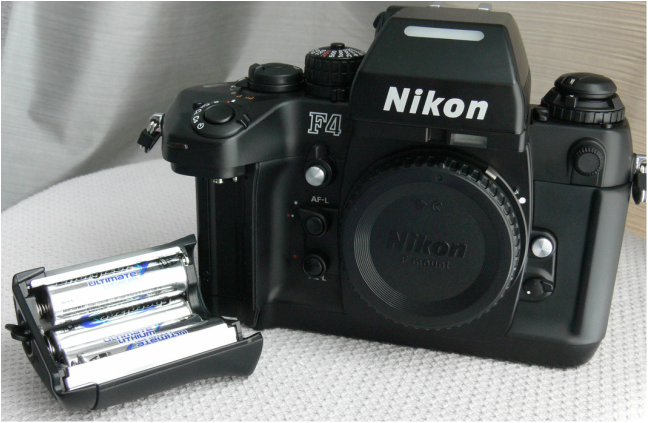 Nikon F4 w/ MB-20 Grip Loaded with Lithiums Nikon F4 w/ MB-20 Grip Loaded with Lithiums Updated June 11, 2022 Google the above question and be prepared for a merry-go-round of answers and opinions across forums and blogs. It is not the intent of this article to find fault with anyone or incite riots ;-). It is, hopefully, to provide some clarity, which is not so easy, seeing as Nikon itself changed its position from "NO, ABSOLUTELY NOT!!", and "DO IT AT YOUR OWN RISK. WE are NOT responsible for any damage that may occur"...to "alright, it's okay, if you must". Logically, this raises doubts and questions, questions that I wondered about when I purchased my own F4. Why did Nikon change its position? What, if any, risk would I be taking by using lithiums in mine? This article is the result of my investigation of this issue. The conclusion I came to may or may not sound reasonable to you. I hope it will be of some help to someone :-). Updated Jan. 7, 2022 In 1976, Nikon found itself at a crossroads with its F-series of professional bodies. The F2 was at the peak of its domination of the market, with 125,000 sold in that year, the greatest annual total achieved by a single F model ever. Compare that to 36,000 Canon F-1s and around 8,000 Minolta XK/-1/Ms and clearly Nikon was sitting pretty with the mighty, mechanical F2. The problem was in coming up with its successor, the F3. The reason for this struggle was that Nikon had to try and balance its desire to make significant strides with the F3 and yet not alienate its customer base of professionals, a group not known for rapid acceptance of change ;-). Especially change involving more reliance upon electronics (where are you going to get batteries in the middle of a fire-fight in the jungle, or what happens if you miss a deadline because of a dead camera?). So here was the challenge: Maintain high reliability and quality while: 1) incorporating automatic operation, 2) making the camera easier and cheaper to build, and 3) convincing pros that it was worth upgrading to. Nothing to it, right? So how did Nikon do? And is the F3 for you? 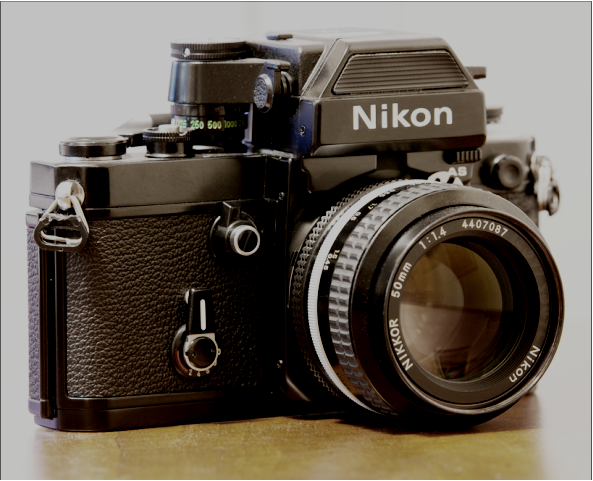 Nikon F2AS w/ DP-12 Finder Nikon F2AS w/ DP-12 Finder Updated Aug. 30, 2021 When Nikon introduced the F2 in the autumn of 1971, its predecessor, the Nikon F, was still in high demand. In fact, 1970 had seen the highest ever level of production for the F, with over 100,000 units made. Nikon had intended to cease F production with the deployment of the F2, but demand for the F proved so great that two years elapsed before they were able to discontinue it for good. That is quite a testament to the popularity of the F and is also indicative of the tendency of professional photographers to stick with what is familiar and trusted. A similar thing had happened with the F itself when Nikon wanted to cease production of its rangefinders in 1959. Demand by photographers doubtful of the newfangled SLR and comfortable with their rangefinder cameras caused Nikon to keep them in limited production until 1965. Now history was repeating itself. So how could the F2 possibly compete with its already legendary forebear? By being a better camera, that's how. How much better? Let's find out... 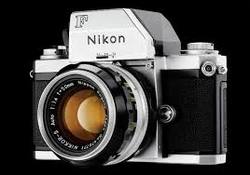 Nikon F w/ 50mm f/1.4 Auto Nikkor Nikon F w/ 50mm f/1.4 Auto Nikkor Updated July 25, 2019 Nikon has been in the SLR business since 1959. Which means there are plenty of choices as far as selecting a vintage camera body goes. Nikon initially marketed mostly to professionals. But in 1962 they entered the amateur market as well, and by 1979 they had three descending tiers: professional, enthusiast, and consumer which they maintain even today. Let's kick it off with the granddaddy of them all...the SLR that put Nikon on the map. |
C.J. OdenbachSuffers from a quarter-century and counting film and manual focus SLR addiction. Has recently expanded into 1980's AF point and shoots, and (gack!) '90s SLRs. He even mixes in some digital. Definitely a sick man. Categories
All
Archives
March 2024
|
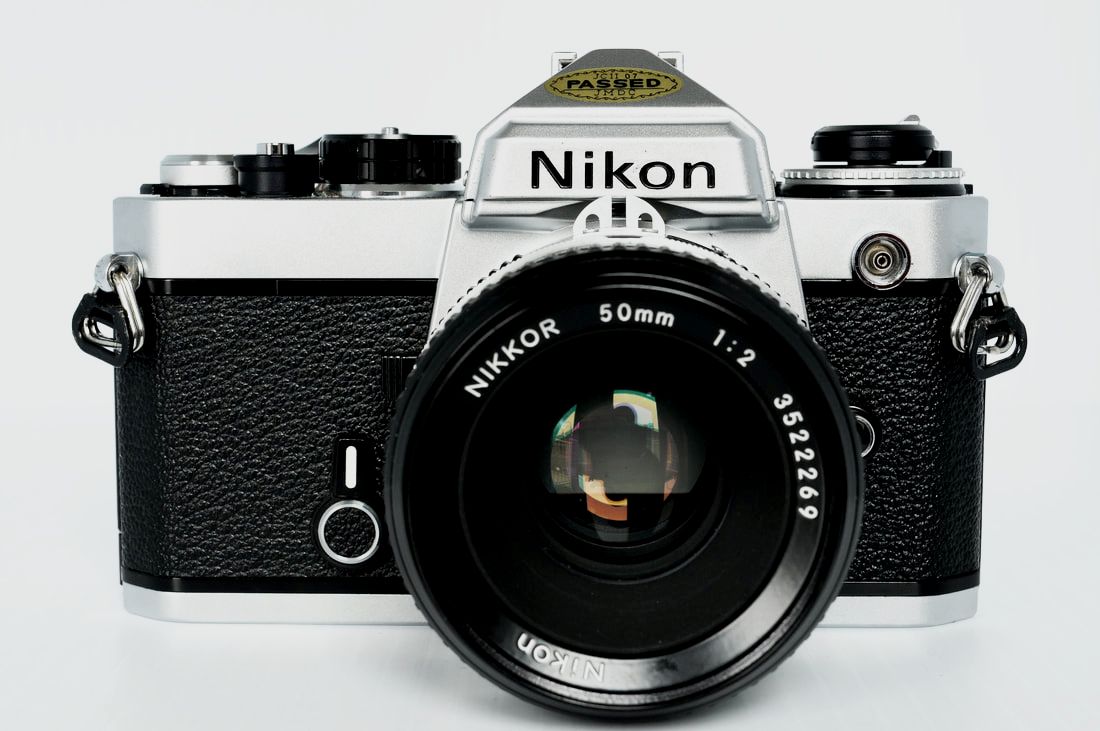
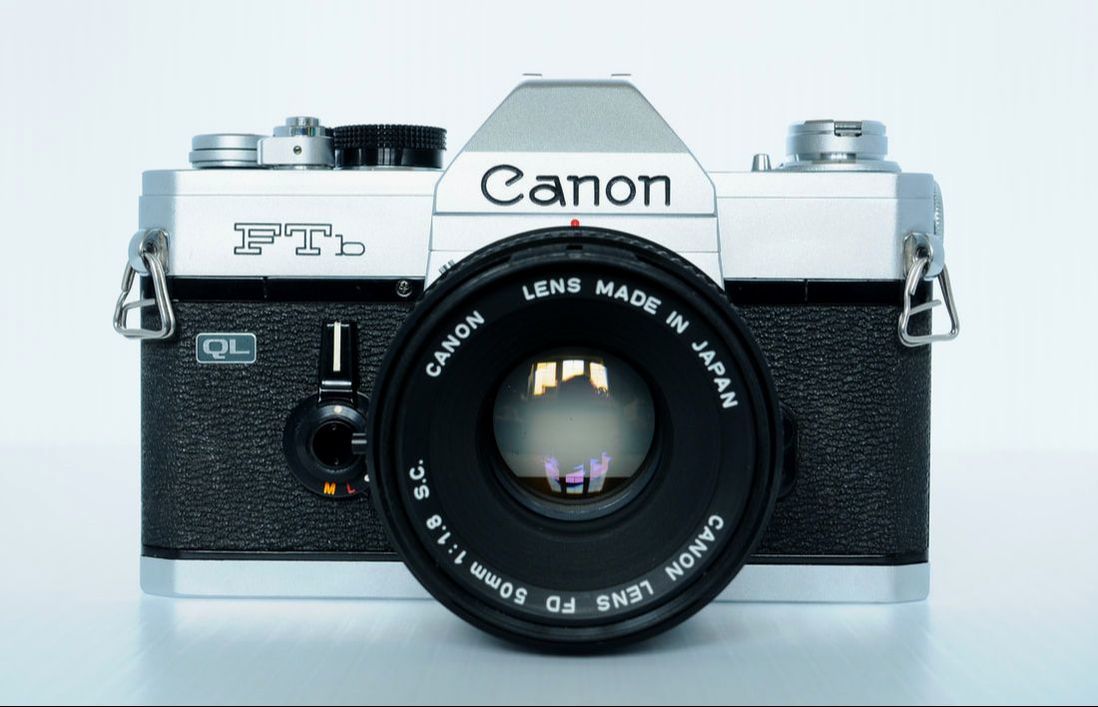
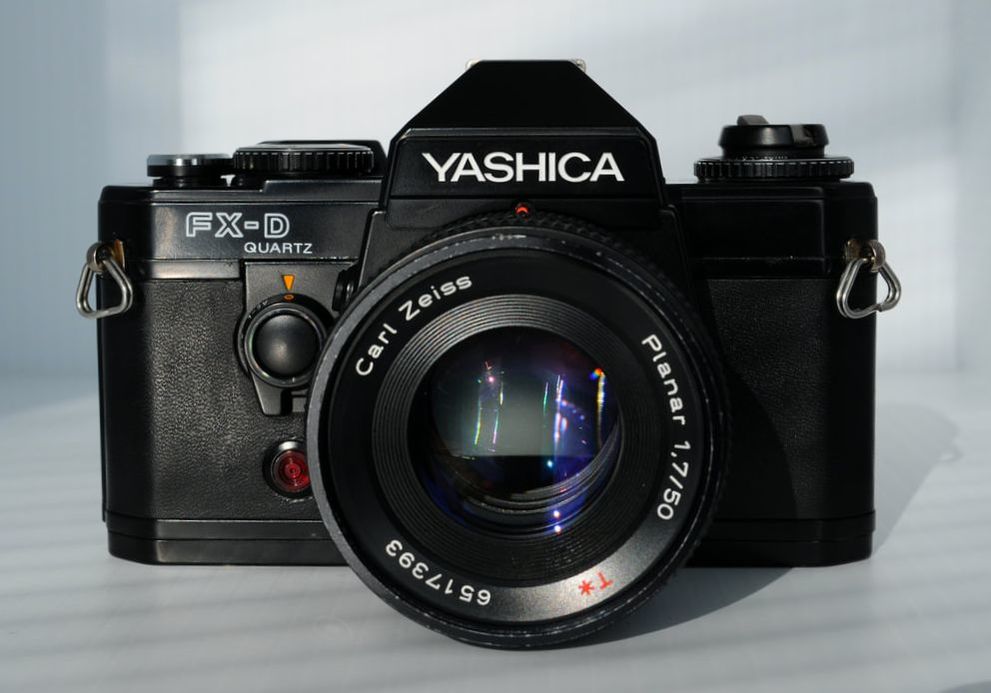
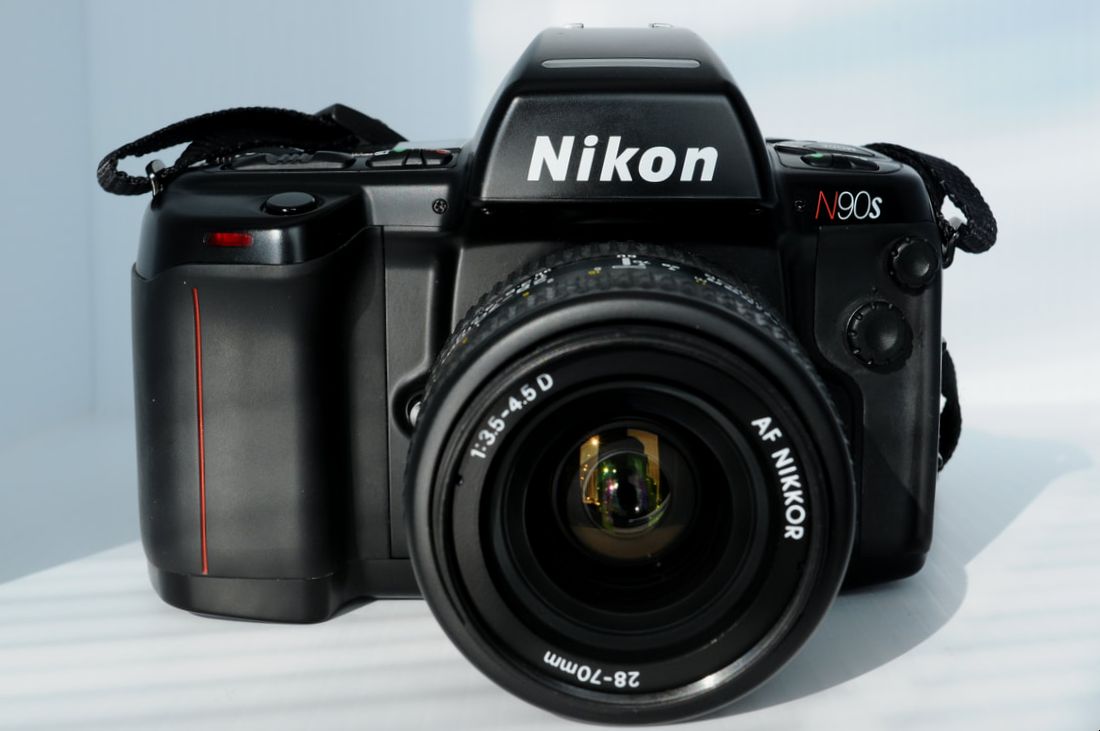
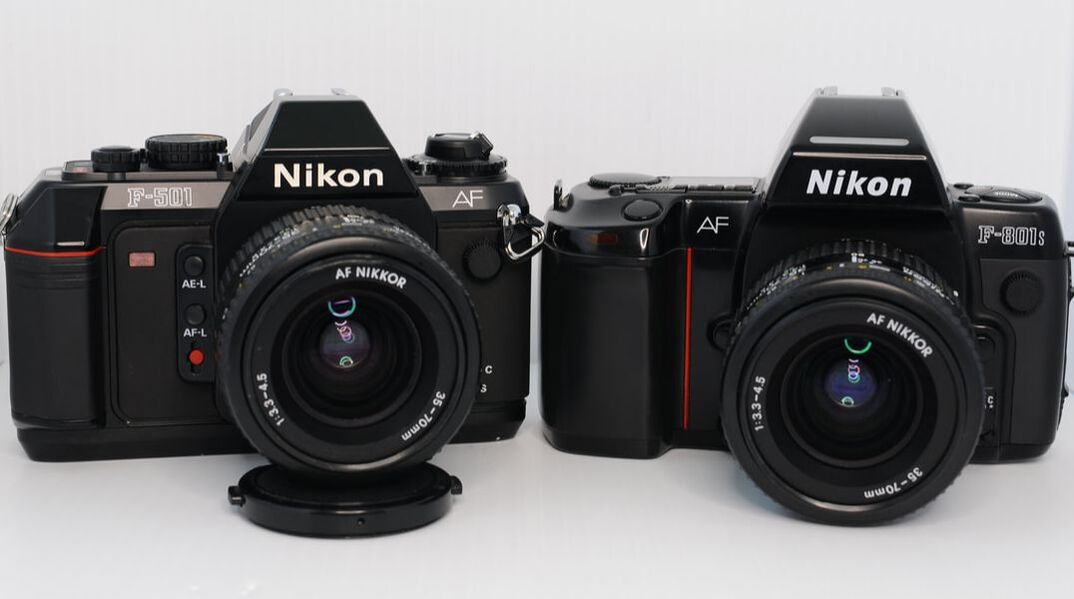
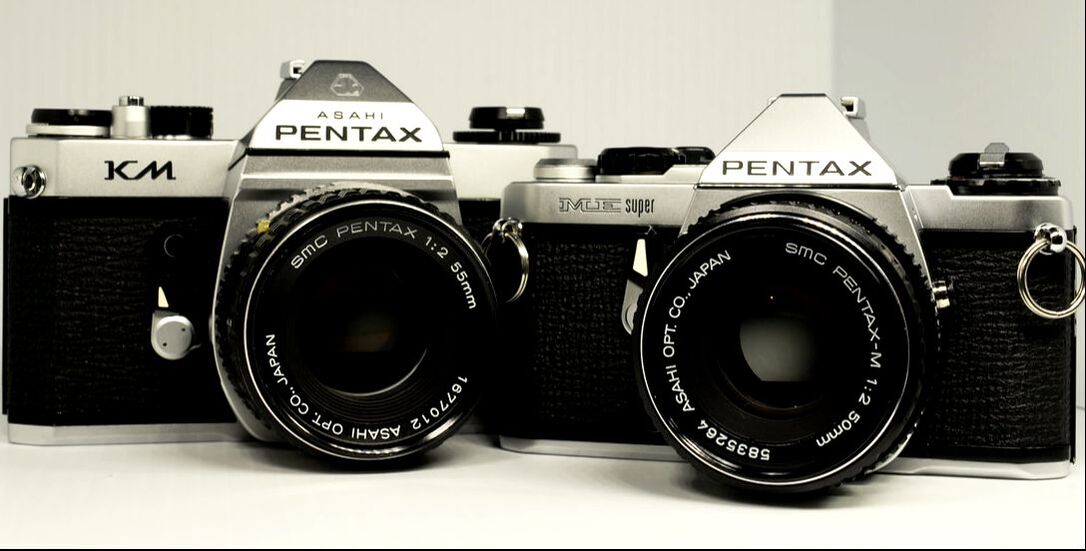
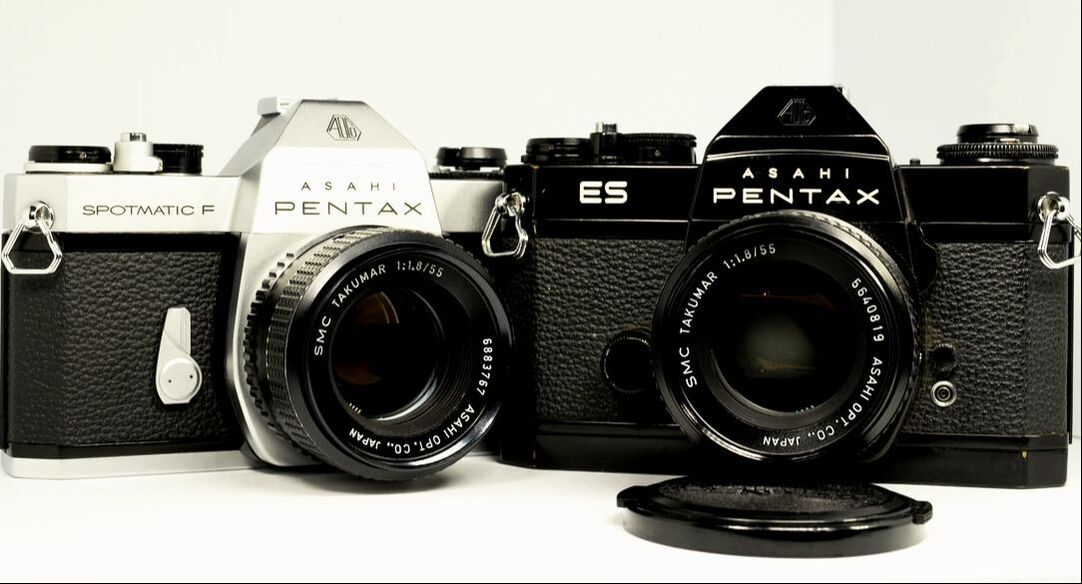
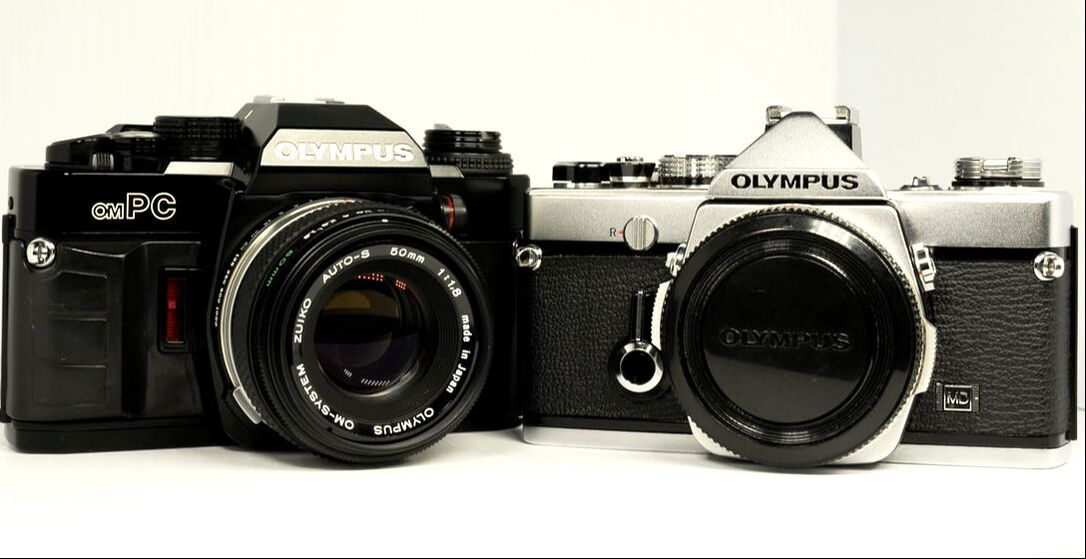
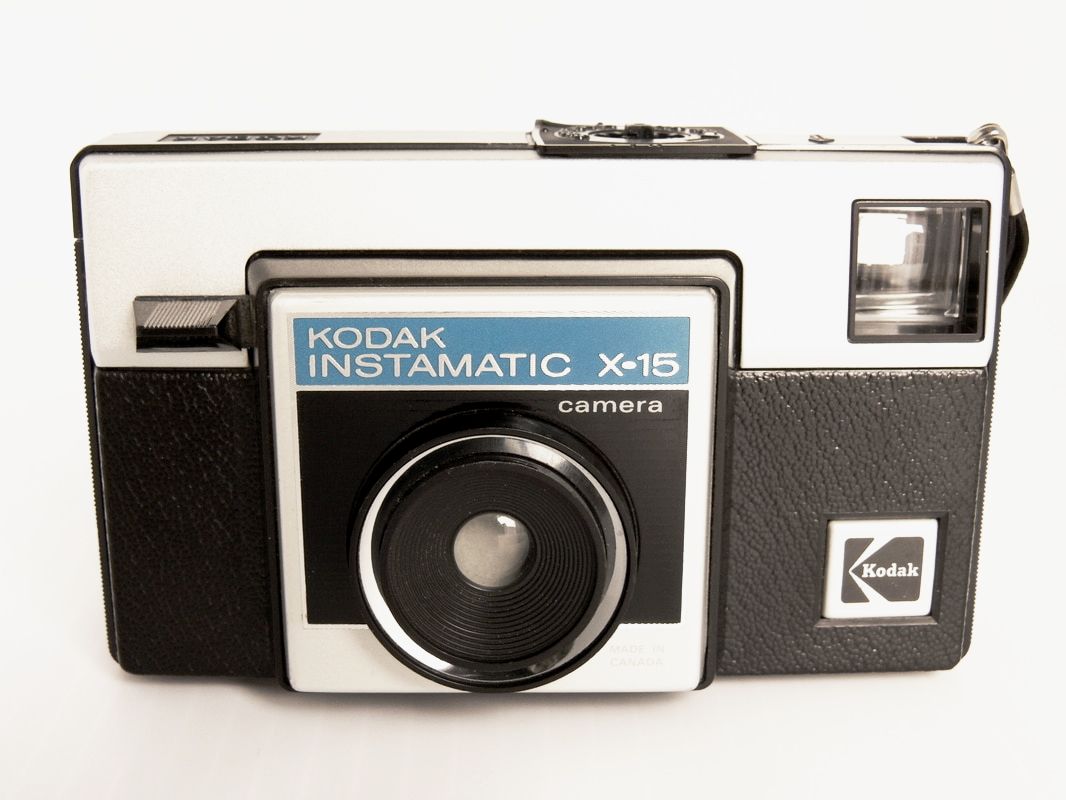
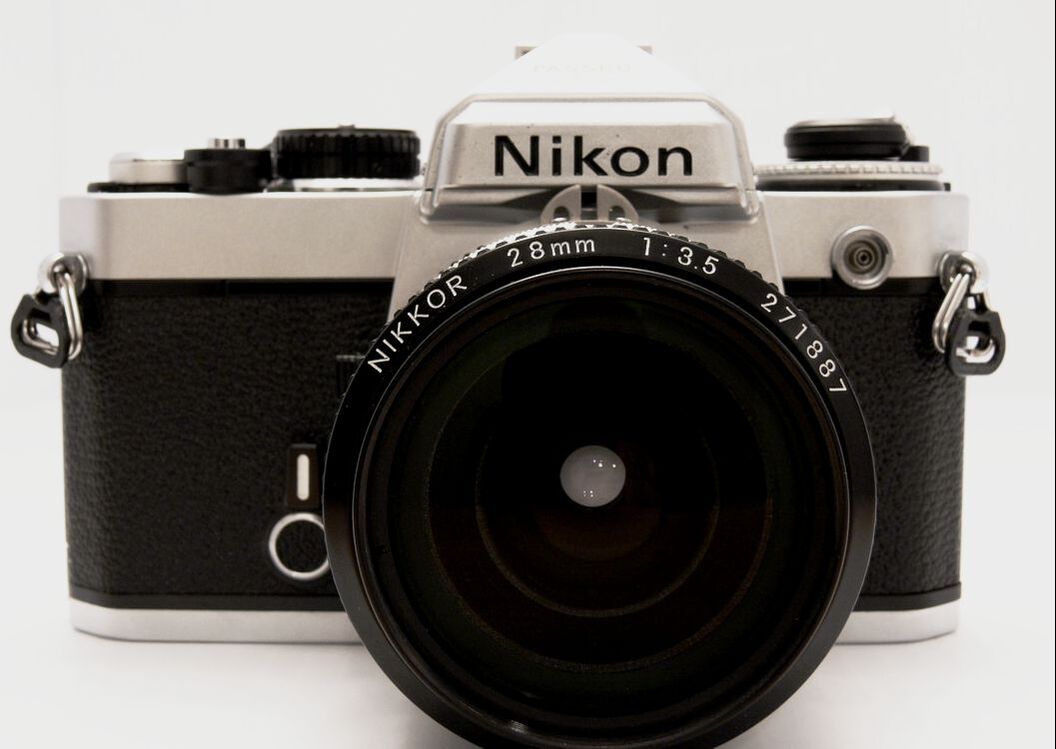
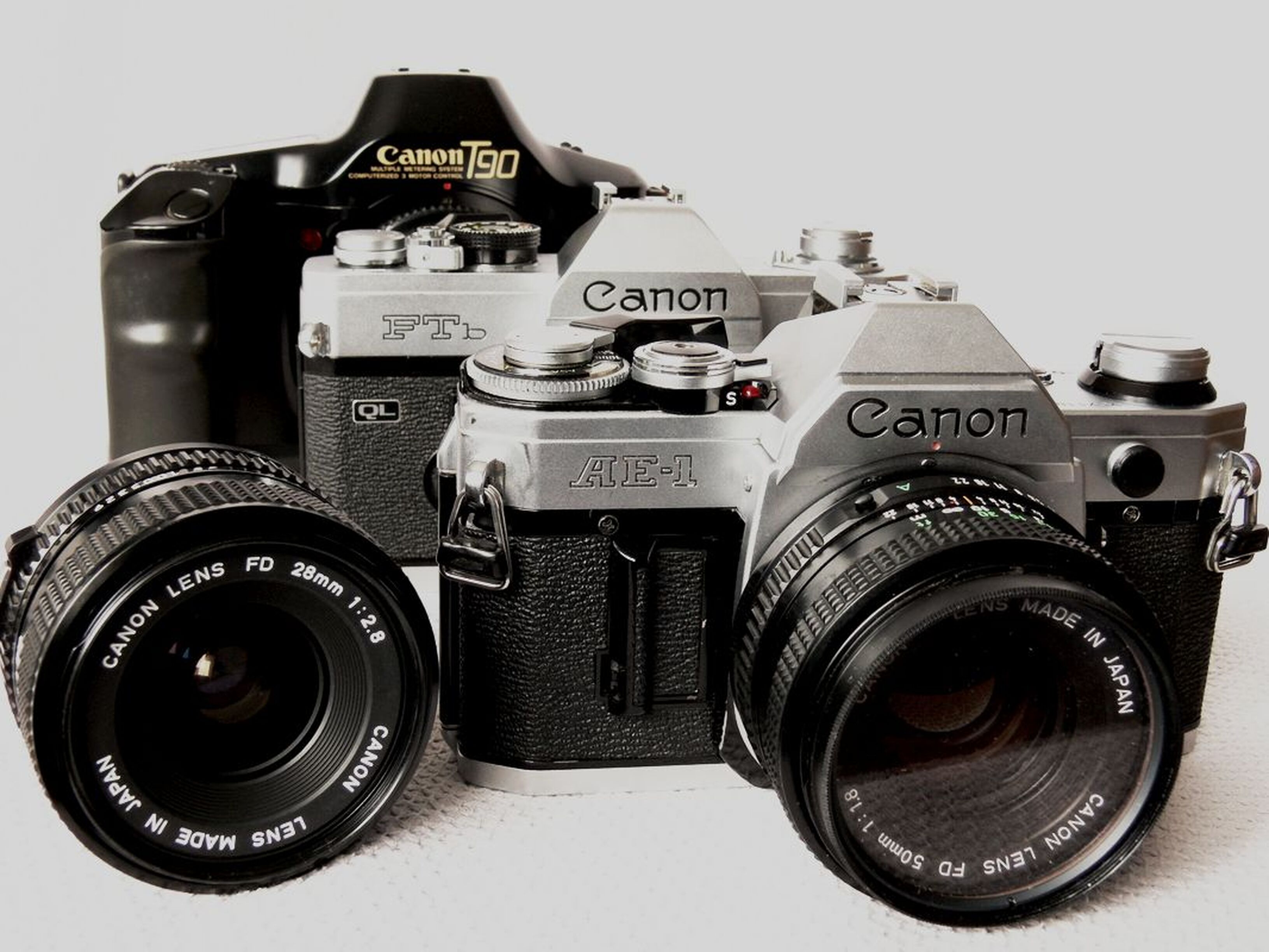
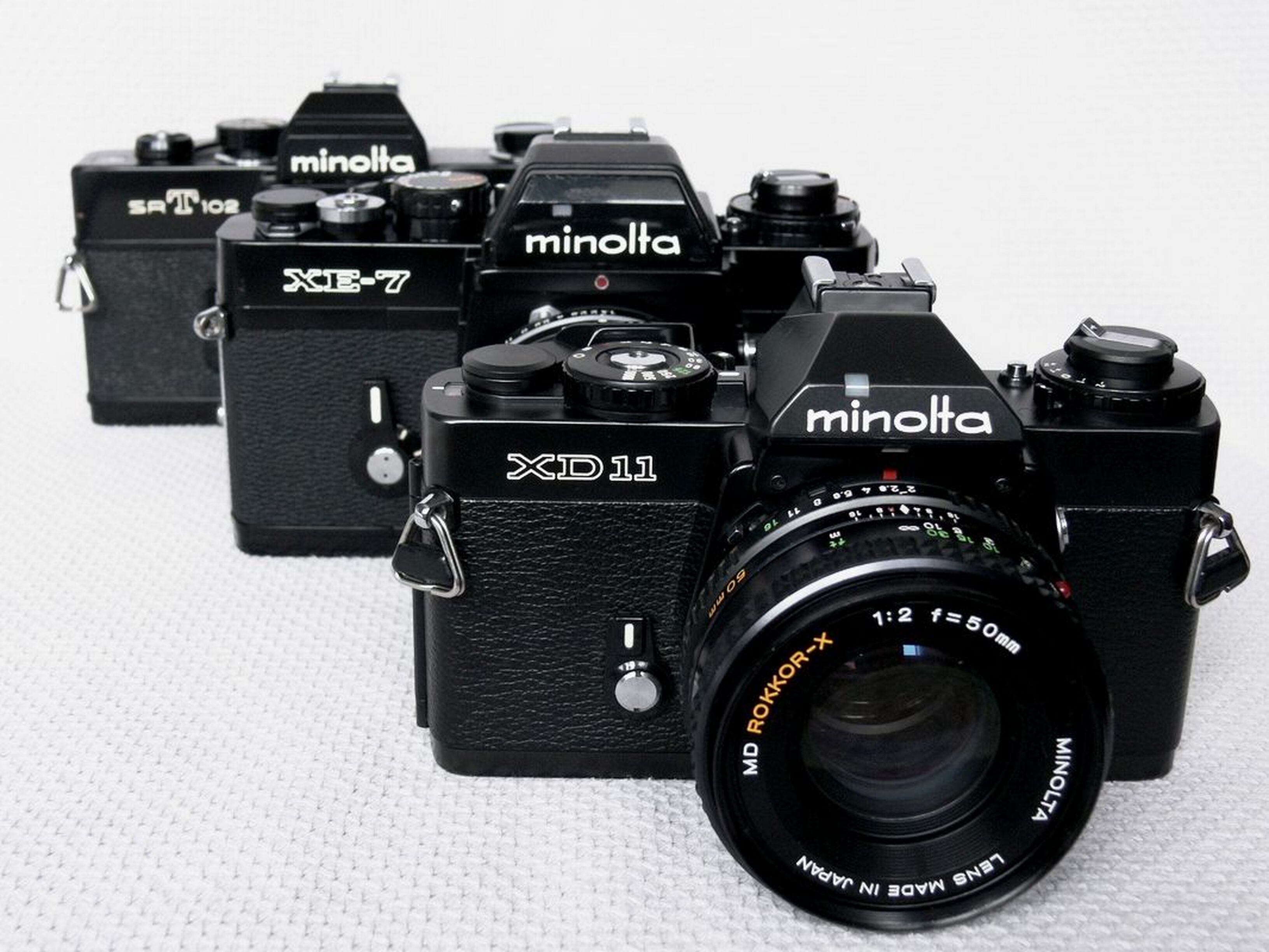
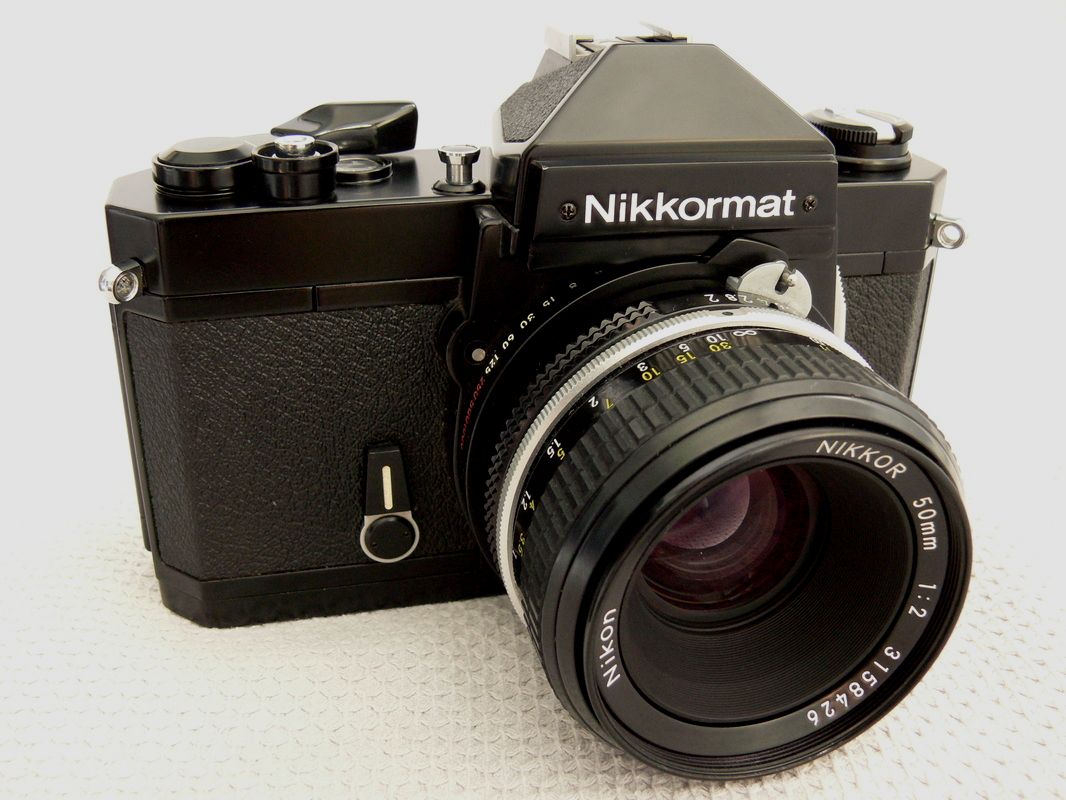
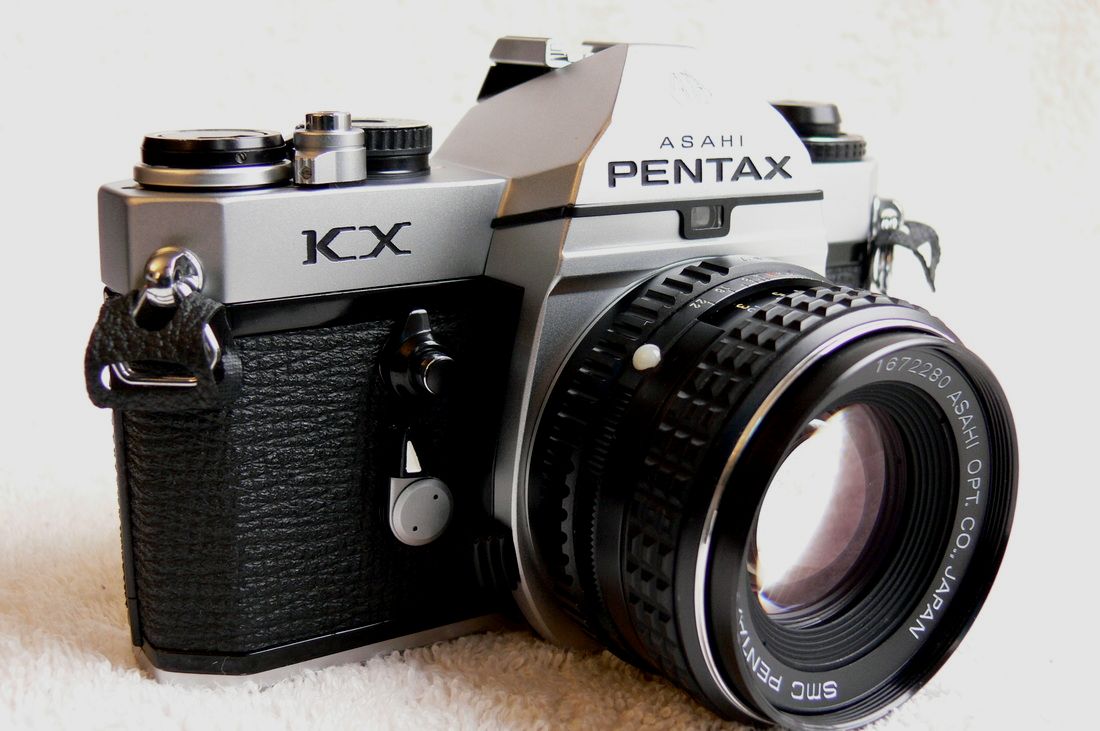
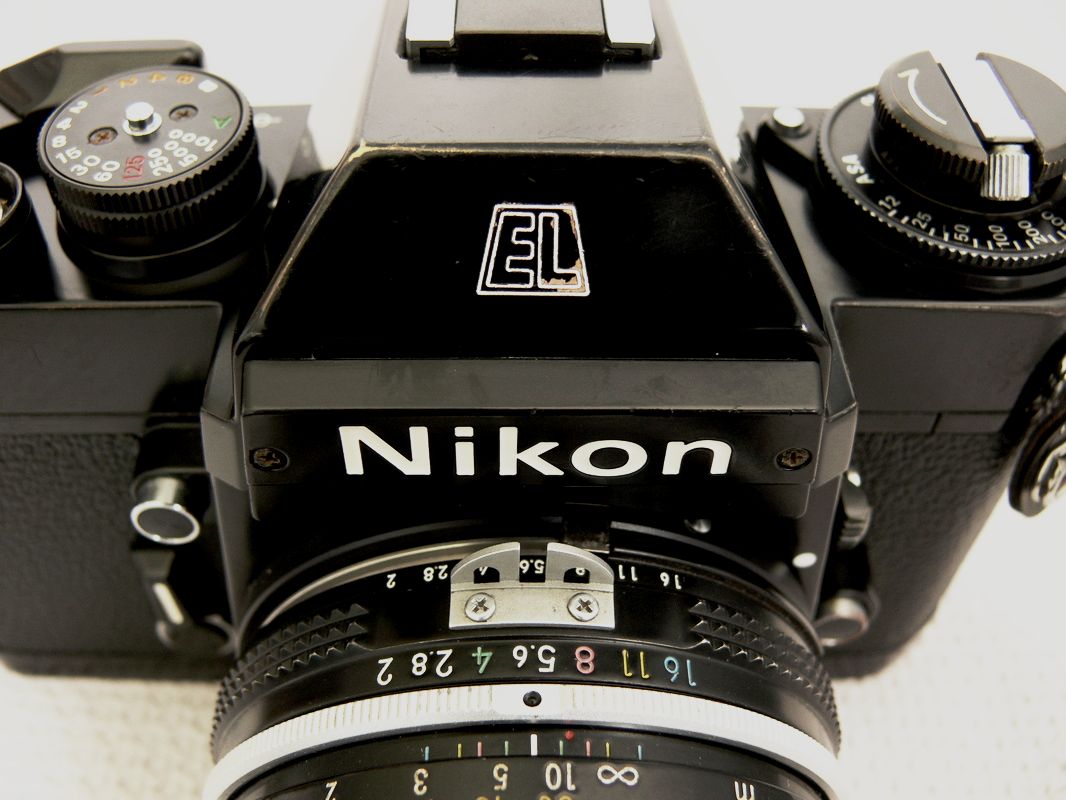
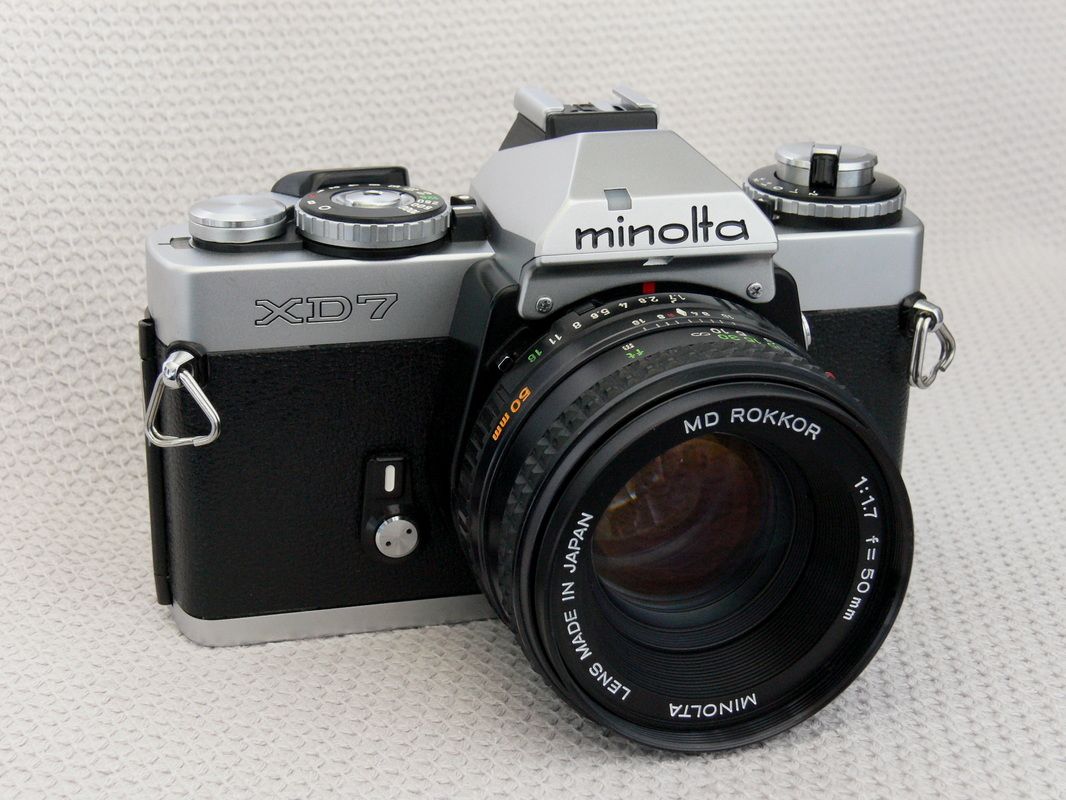
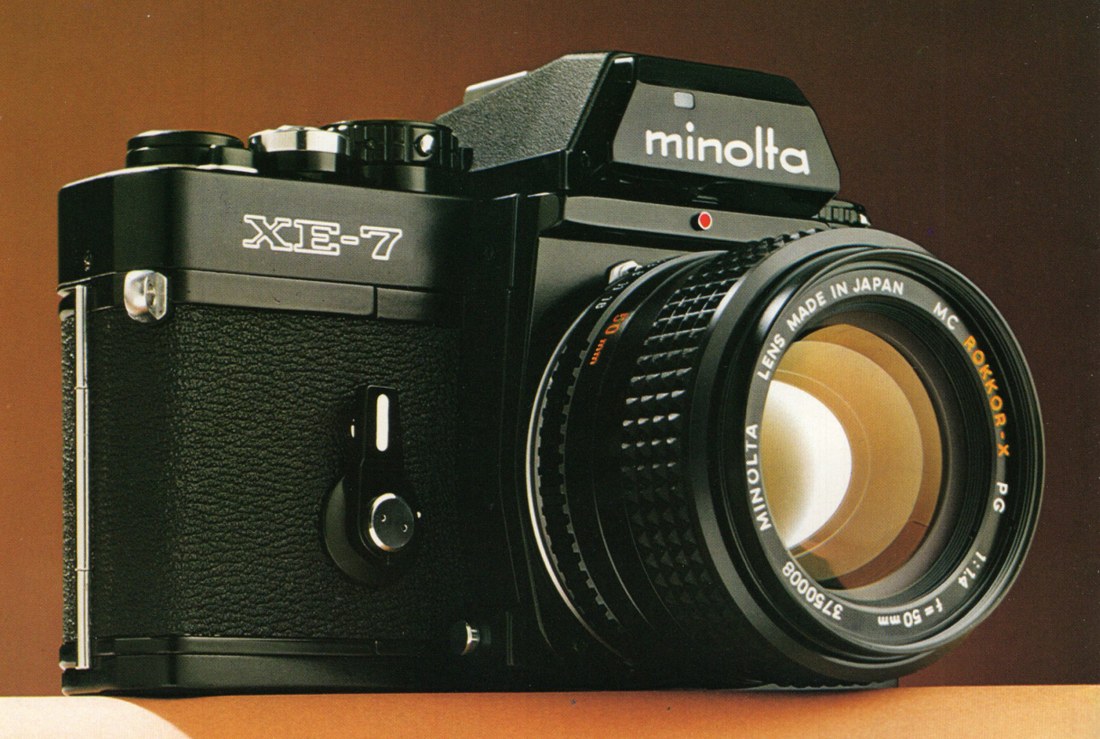
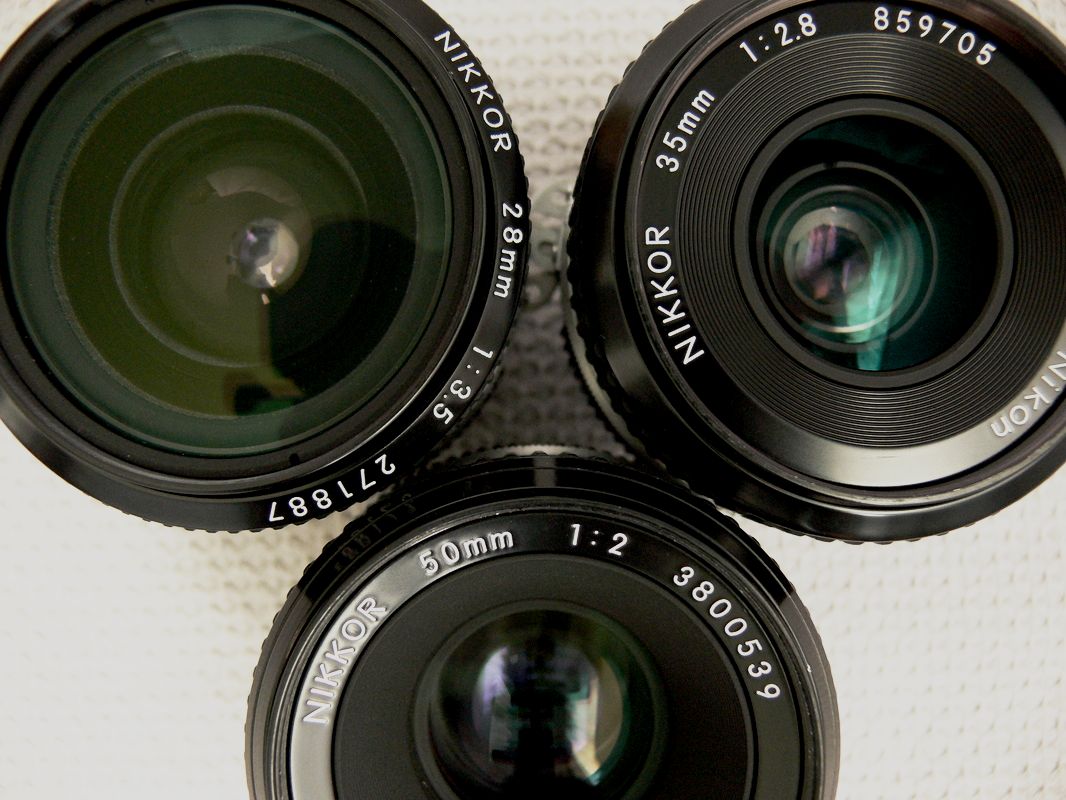
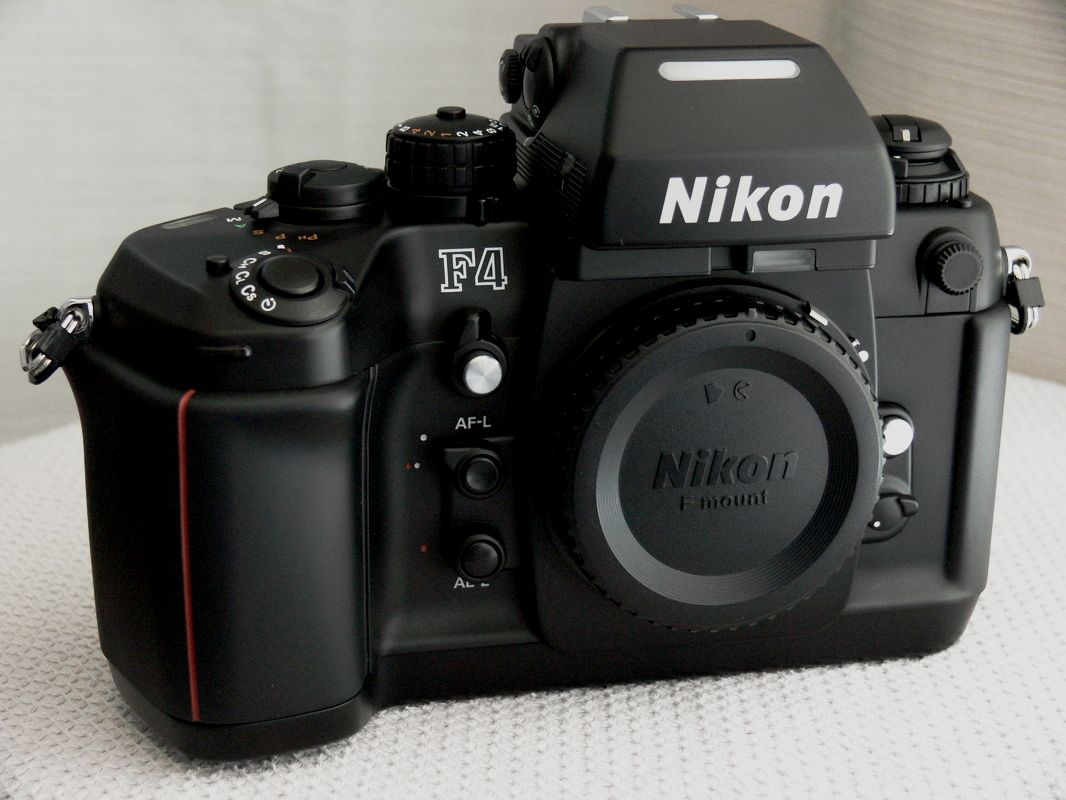
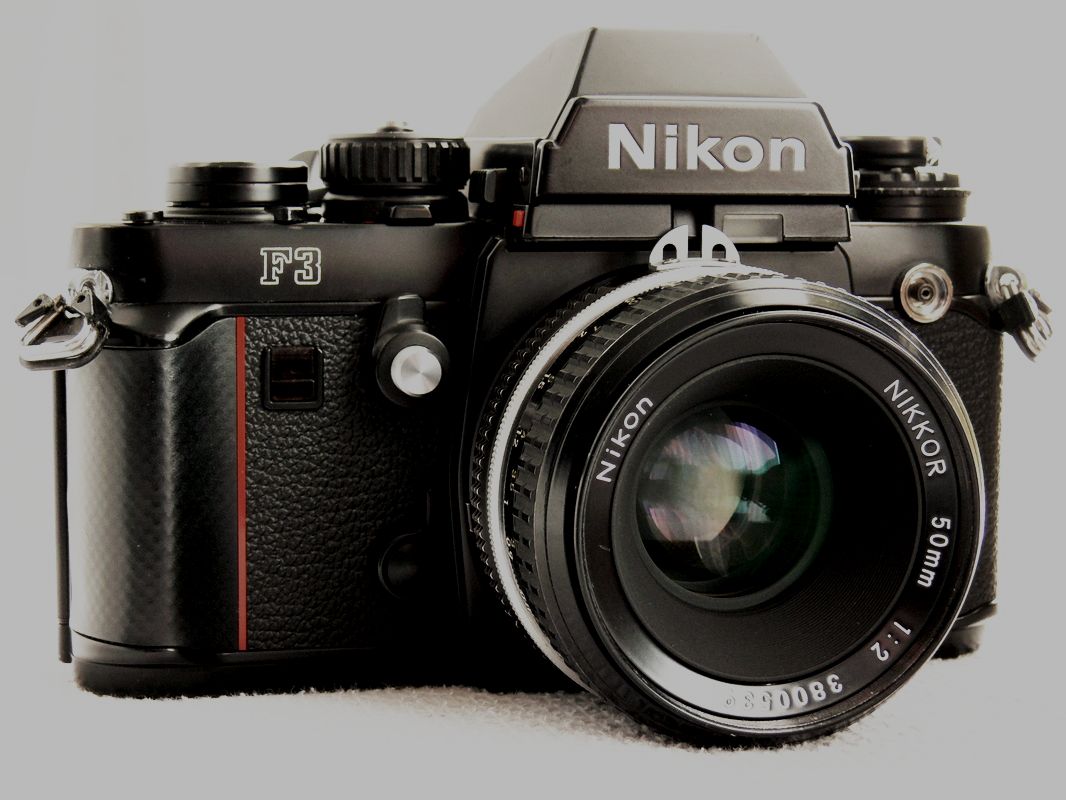
 RSS Feed
RSS Feed